Real Talk
Influential discussions
on future-focused topics

About Real Talk event series
Nokia's Real Talk sessions provide a front-row seat for keynote presentations, panel discussions, and other informative content focused on breaking down barriers holding back your business and help you discover infinite opportunities. Register for live sessions across multiple time zones or watch on-demand after the event is over.
Past events
Real Talk: Let’s talk AI together
In this sixty-minute LinkedIn Live session, led by Nokia mainstay Michael Hainsworth, we continue to explore the future of AI and what it will take to harness it’s exponential potential.
With experts from our industry, we will discuss where AI is headed through the lens of those working on innovative AI applications. We will discuss the challenges facing AI adoption and evolution, in particular trust. And finally, we will delve into the critical role networks play in AI’s future and the role AI plays in the future of networks.
Join us for a fireside chat and a panel discussion exploring these topics.
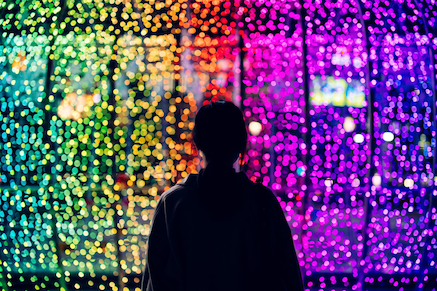
The metaverse at work
Think the metaverse hype was, well, just hype? Think again. While the initial excitement surrounding consumer applications for metaverse is fading, new research from Nokia and EY shows that companies around the world have been quietly and calmly ‘putting the metaverse to work’ - deploying both enterprise and industrial metaverse use cases and seeing significant benefits from doing so.
If you are contemplating questions like - what enterprise and industrial metaverse use cases are worth deploying now within my organization? What are the critical enabling technologies I should care about? Who are the right partners to consider? - then join Nokia and EY experts for six short, but insightful, discussions that draw from the research findings, supported by industry expertise.
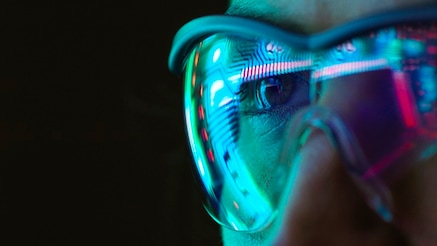
Make sense of the metaverse
The metaverse. Is it a place in virtual reality? Is it a new economy? Is it a new technology? With so much talk, it can be hard to pin down what it is exactly. Yet early versions of the metaverse have been creeping into our lives for years – such as virtual spaces like Second Life, multiplayer online games like Fortnite, and mobile AR games like Pokémon GO. And our physical and digital realities are continuing to fuse each day. Join our experts for a forward looking discussion about the potential of this exciting new opportunity for businesses and consumers. Together, let’s make sense of the metaverse and prepare for an immersive future.
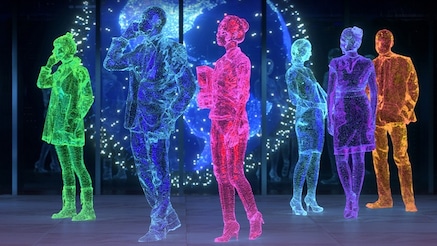
Putting Industry 4.0 to work
There’s a good reason why the Industry 4.0 hype cycle has been in overdrive for years: digitalized processes and operations are now “table stakes” if enterprises across all industries are to stay competitive. But are the recent pandemic-driven investments in digitalization paying off? And what might be holding companies back from fully embracing Industry 4.0? Join our panel of experts as they assess the current state of Industry 4.0 — and offer compelling insights into how common digitalization roadblocks can be overcome as we work to build a future.
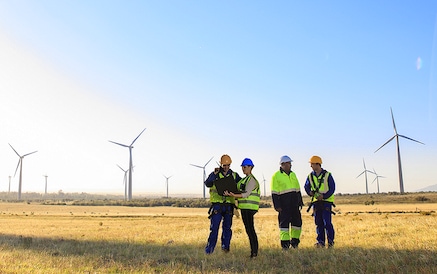
A sustainable future
CSPs play a central role in tackling the global climate crisis. Digital connectivity and technologies provide low carbon solutions that help other industries decarbonize. They also unleash exponential innovation of services and business models that enable a sustainable future. Steven Moore, GSMA’s Head of Climate Action, and John Elkington, an award winning authority on sustainability, explore how digital technologies ensure innovation for a sustainable future.
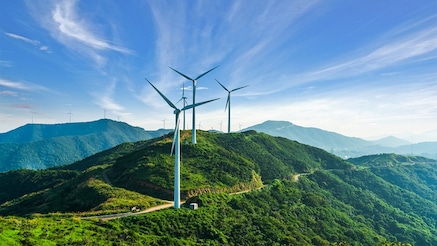
Explore further

Featured articles
Visions to the power of n. The content series amplifying unique visions on the hottest topics.
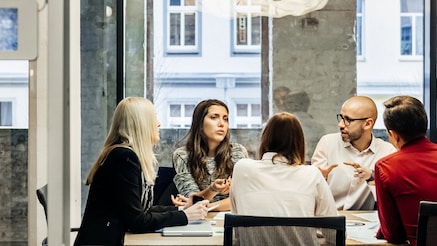
Real action
Collaboration to the power of n. The influencer series amplifying collaboration on global challenges
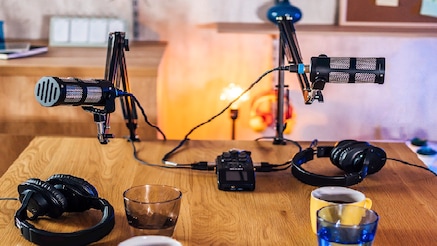
Podcasts
Discussions to the power of n. The podcast series amplifying discussions to reshape our world